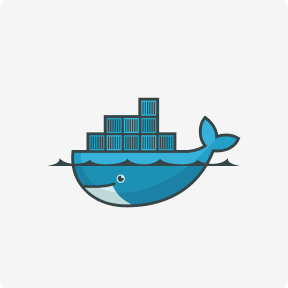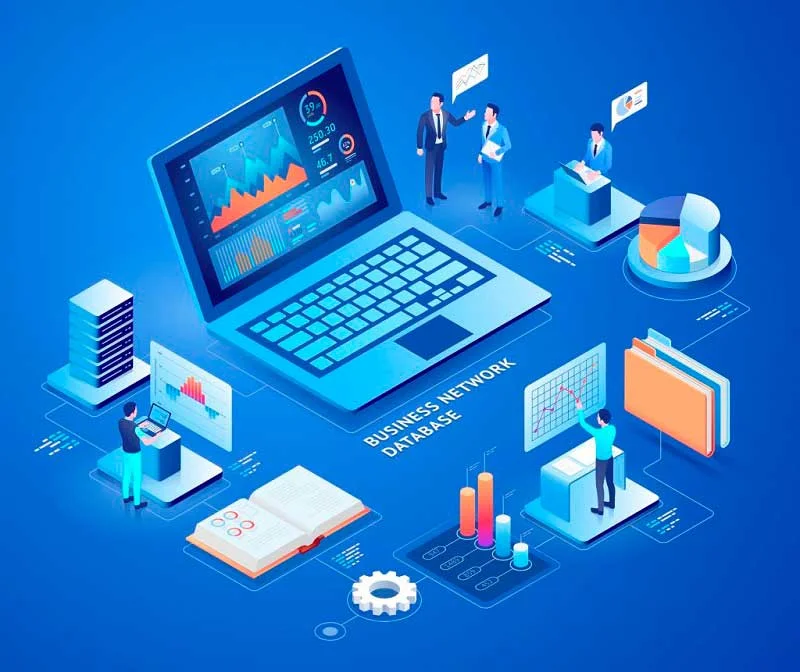By following these best practices, organizations can implement a CDMM that helps them to achieve higher levels of maturity and to deliver software changes quickly and reliably, with minimal risk and downtime. Senior developer and architect with experience in operations of large system. Strong believer that Continuous Delivery and DevOps is the natural step in the evolution of Agile and Lean movement. Wants to change the way we look at systems development today, moving it to the next level where we focus more time on developing features than doing manually repetitive tasks. Where we visualize and understand the path from idea to where it is released and brings business value. At this level test automation is used from end-to-end across the pipeline.

A basic delivery pipeline is in place covering all the stages from source control to production. Continuous Integration (CI), which is a big part of continuous delivery, is the concept of continuously building and testing software using an automated process. We have learned that utilizing CI could help us catch bugs earlier, enable better visibility, reduce repetitive processes, enable development https://www.globalcloudteam.com/ teams to produce deployable products at a moment’s notice, and reduce risk overall. This discussion will identify the various levels of continuous integration and delivery with regards to a release maturity of the development team or parent organization. Software engineering concepts are covered by this model, including traditional CMM concepts such as process management and project management.
Level 5
On large products it is even harder to split large changes into small ones. Developers sometimes want to restructure or re-architect their legacy continuous integration maturity model system and are convinced that it must be done in one large change. But we have yet to see a large refactoring that could not be done gradually.
- A Continuous Delivery Maturity Model (CDMM) is a framework for assessing an organization’s maturity in implementing continuous delivery practices.
- A typical organization will have one or more legacy systems of monolithic nature in terms of development, build and release.
- In this category we want to show the importance of handling this information correctly when adopting Continuous Delivery.
- At intermediate level, builds are typically triggered from the source control system on each commit, tying a specific commit to a specific build.
- The entire CD process should be automated, launched with a single command.
Developers shift build and deployment activities off of personal workstations — the usual location for ad hoc chaos — and onto a central, managed system available to all developers and the IT operations team. The lowest maturity level is sometimes called the initial or regressive state because it is highly inefficient. At this stage, when automation is applied to application delivery, it’s often ad hoc and isolated — usually instituted by a single workgroup or developer and focused on a particular problem. At intermediate level, builds are typically triggered from the source control system on each commit, tying a specific commit to a specific build.
do you manage the version of the
After that painful experience, they agreed to never make such large changes in one big batch. Traditional sequential development has un-integrated work-in-progress (WIP). Nobody knows if these parts work together or if they are free of defects. CI increases visibility by removing this WIP–always having everything integrated–and with this comes more control and predictability.
At first glance a typical mature delivery pipeline can be very overwhelming; depending on how mature the current build and deployment process is in the organization, the delivery pipeline can be more or less complex. In this category we will describe a logical maturity progression to give structure and understanding to the different parts and levels it includes. The figure below shows key characteristics of People, Process and Technology evident at this level of maturity. The integration and build processes are well supported by processes and technology for automated testing.
Code Coverage
Ironically, the so-called large-scale features of ClearCase, such as multisite support, make real CI impossible because they force code ownership. To maintain a consistent release train, the team must automate test suites that verify software quality and use parallel deployment environments for software versions. Automation brings the CI/CD approach to unit tests, typically during the development stage and integration stage when all modules are brought together. While they can serve as a starting point, they should not be considered as essential models to adopt and follow.

” How do you start with Continuous Delivery, and how do you transform your organization to ensure sustainable results. This Maturity Model aims to give structure and understanding to some of the key aspects you need to consider when adopting Continuous Delivery in your organization. Here is another attempt to the maturity model that picks the best pieces from each of those. For public APIs, it is impossible to find out if there are still users of the old interface. But most interfaces are not part of a published API, so do not forget to remove the obsolete one. We have seen many products with three or four file system interfaces or logging interfaces because the old ones were never removed.
Generate deployable artifact
The changes need to be loaded, and this can be done by rebooting the system. However, starting a large system is time consuming, and therefore some systems are upgraded dynamically–an important feature in telecom and other industries where downtime is very expensive. Incremental deployment–especially dynamic upgrading–requires changes to the system, making this option difficult. Enthusiasm jumps when there is a running system, even a simple one… One always has, at every stage in the process, a running system. I find that teams can grow much more complex entities in four months than they can build. CI on large products is hard precisely because it is a developer practice.

The developers can develop, test, and modify the code in parallel or isolation and then merge it to a master. To address the challenges of this manual process, MLOps practices for CI/CD and CT are helpful. Advanced practices include fully automatic acceptance tests and maybe also generating structured acceptance criteria directly from requirements with e.g. specification by example and domains specific languages. This means no manual testing or verification is needed to pass acceptance but typically the process will still include some exploratory testing that feeds back into automated tests to constantly improve the test coverage and quality.
Test Automation
Just because there is visual presentation does not mean there is visual management. The challenging part is making them “for go.” Many people who visit Toyota openly voice the difference of their approach. We often hear comments such as “Now I see, the things that Toyota displays are actually driving action on a daily basis.” This is indeed the difference, and Toyota would suggest that if it is not driving daily action, get rid of it. Most products select stages most important for them and add more stages only when needed. Inventory acts as a buffer (another queue) in which mistakes are hidden.
For example, Base, Beginner, Intermediate, Advanced, Expert are used by InfoQ. ThoughtWorks uses CMMI-Dev maturity levels but does not segregate them into different areas. We worked with several large products with an excellent automated build but where developers did not integrate their code frequently.
Not using Agile
Setting
up a CI/CD system enables you to automatically test and deploy new pipeline
implementations. This system lets you cope with rapid changes in your data and
business environment. You don’t have to immediately move all of your processes
from one level to another. You can gradually implement these practices to help
improve the automation of your ML system development and production.

